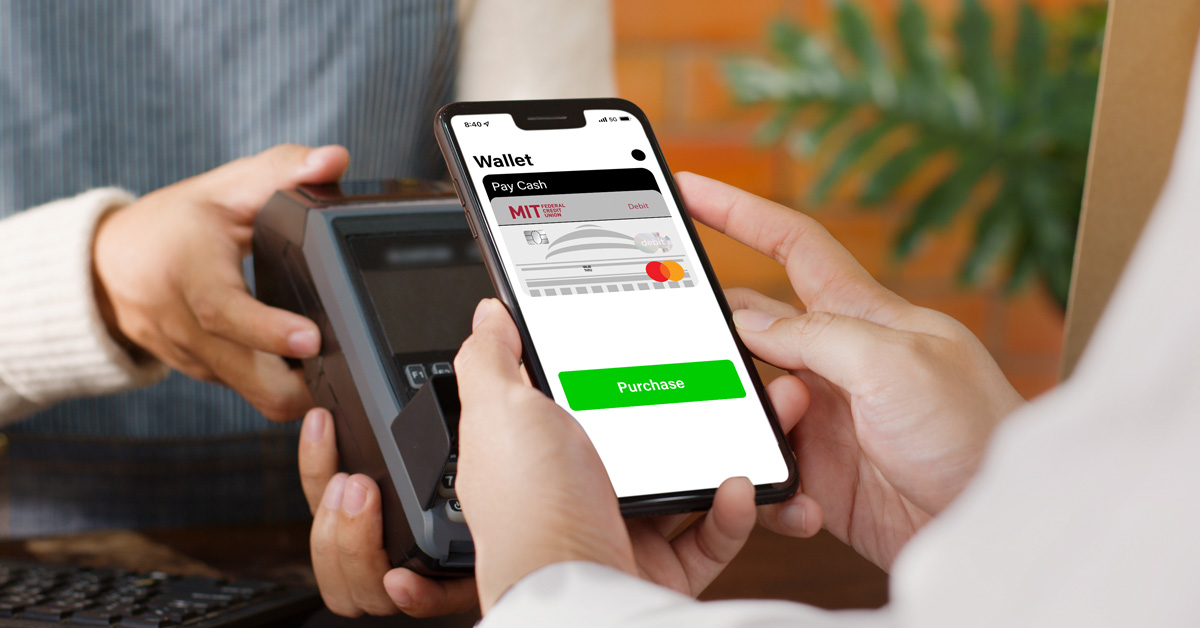Protect Yourself from Crowdfunding Scams
Crowdfunding can be a powerful tool for helping people in need or supporting brilliant new ideas. Stories of heartbreak, medical emergencies, or disaster relief fill our feeds, calling for help and tugging at our hearts. But as we open our wallets, scammers are opening their traps. It’s frustrating, but with the right steps, you can donate wisely and ensure your money gets to the people and projects who truly need it.
The Anatomy of a Crowdfunding Scam
Imagine scrolling on social media, coming across a post with a sad story: a family has lost their home, a beloved pet desperately needs surgery, or a promising inventor needs just one push to bring a groundbreaking gadget to life. The message is urgent, emotional, and often accompanied by compelling (sometimes stolen) photos. You feel compelled to donate.
But sometimes, not everything is as it seems. Fraudsters use crowdfunding platforms to create fake causes, capitalize on real tragedies, and disappear with your money before the truth comes out.
Red Flags to Watch For
-
Lack of transparency: Legitimate campaigns clearly state who’s raising funds, the goal, and exactly how donations will be used. If details are vague or missing, proceed with caution.
-
Urgent pressure: Scammers want you to act quickly, without time to think. Phrases like “act now!” or “every second counts!” can be warning signs.
-
Weird payment requests: If a campaign asks for wire transfers, cryptocurrency, or direct cash, it's likely not legitimate.
-
Sketchy online presence: Can you find the organizer’s full name, website, or social accounts? If not, dig deeper before giving.
How to Protect Yourself Before Donating
-
Research, don’t rush: Check if the campaign organizer links back to legitimate people or sites. Are they referenced in news articles or have connections with known organizations? Real causes should have a clear trail of legitimacy.
-
Check the platform: Stick to trusted crowdfunding sites with strong policies against fraud. Read up on how the platform vets fundraisers.
-
Contact the organizer: If you’re unsure, reach out directly for more information. Legitimate campaigns should be happy to answer questions or provide updates.
-
Look for media coverage: If the story is real and significant, there’s often some public mention—from local news outlets to verified social media profiles.
-
Reverse image search: If a campaign photo tugs at your heart, run a quick image search to see if it’s been used elsewhere or stolen from another site.
-
Understand where your money goes: Read the description fully. Are you supporting a family, a medical expense, or a business startup? Are you buying a product, or just making a donation? Scammers thrive on ambiguity.
What If You Suspect a Scam?
-
Report the campaign on the platform. Most sites allow you to flag fraudulent fundraisers.
-
Warn others:
Share your experience—online fraudsters succeed when victims remain silent. -
Contact authorities:
For larger scams, file a report with the FTC or your local police.
Giving With Confidence
It’s heartbreaking that scams exist alongside real calls for help. At MIT Federal Credit Union, we urge you to follow your heart—but let your head lead. Always take a moment to verify before you donate, and remember: real causes should be connected to real people. Doing a quick check protects you and keeps the spirit of generosity strong.
Safe giving starts with a little research—and ends with true impact.
Remember: MIT Federal Credit Union will never text, email or call you asking for personal or account information. Never click a link or download an attachment from someone you don't know. Fraud is on the rise; learn how to protect yourself.
« Return to "Blog"
Tags

Protect Yourself from Check-Washing
Unfortunately, package thieves and check-washing schemes are just two of many scams within our society.

Get Rich Scams
Investment fraudsters hit their targets with an array of techniques that are tailored to the victim’s psychological profile. Here are red flags to look for.

Ways to Spot a Loan Scam
Arm yourself with knowledge and awareness. Here’s how to spot a loan scam.





